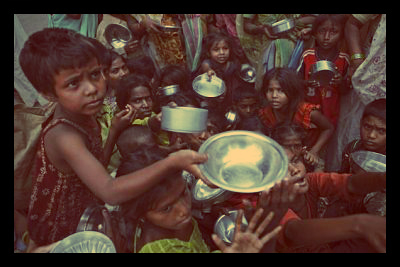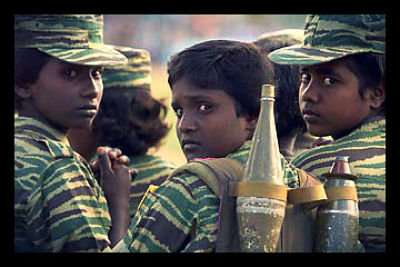
The number of Mexicans living in poverty increased by two million between 2012 and 2014, according to Reuters. These figures of Mexico’s poverty rate highlight the challenges President Enrique Peña Nieto is facing in meeting pledges to help millions in need.
President Enrique Peña Nieto Struggles with Mexico’s Poverty Rate
“With his six-year term half over, Enrique Peña Nieto is trying to rally public confidence in his government’s economic plan amid lackluster growth projections,” said International Business Times.
While his efforts have focused on making Mexico a competitive nation, “the government is flailing in its battle against staggering income inequality and poverty rates that have remained virtually unchanged over the past 20 years,” according to International Business Times.
In 2014, Mexico’s poverty rate increased from 45.5 to 46.2 percent, corresponding to 55.3 million people in the country of approximately 120 million, said a spokesperson for the government’s social development agency.
According to Oxfam Mexico’s executive director, “while the wealth of Mexican multimillionaires is multiplied by five, 48 percent of state schools have no access to sewage, 31 percent have no drinking water, 12.8 percent have no bathrooms or toilets and 11.2 percent have no access to electricity.”
Under Peña Nieto’s administration, the problem has only worsened. While many Latin American countries have diminished their levels of poverty, Mexico’s have continued to increase.
Peña Nieto recognizes that income inequality, global economic turmoil and corruption have prevented Mexico from both an economic boost and a diminished poverty rate.
Jonathan Foxx, a political science professor at American University in Washington, D.C. suggested that “neither inequality nor poverty reduction have been major priorities of this administration, nor the previous administrations.”
The government has been criticized for being too focused on attracting foreign investment and strengthening large-scale private industries, rather than concentrating on reducing its poverty rate.
Professor Foxx added that Mexico’s poverty rate remains the largest concern, regardless of wide income disparities. “If the government was more effective at reducing poverty, then people would worry less about inequality,” he said. “But since neither is getting better, it’s hard to disentangle.”
A major shift in focus and strategy is needed if Mexico is to succeed in combating its increasing poverty rate.
– Isabella Rölz
Sources: International Business Times, Reuters, World Bank
Photo: Flickr


 Over the course of the last 200 years, the increase in average standard of living has largely mirrored increased urbanization. In 1800, just 10 percent of the world’s population lived in urban areas. The UN believes that this number will reach 55 percent in 2015. According to The Economist, 64.1 percent of the developing world, and and 85.9 percent of the developed world will live in urban centers by 2050.
Over the course of the last 200 years, the increase in average standard of living has largely mirrored increased urbanization. In 1800, just 10 percent of the world’s population lived in urban areas. The UN believes that this number will reach 55 percent in 2015. According to The Economist, 64.1 percent of the developing world, and and 85.9 percent of the developed world will live in urban centers by 2050.





